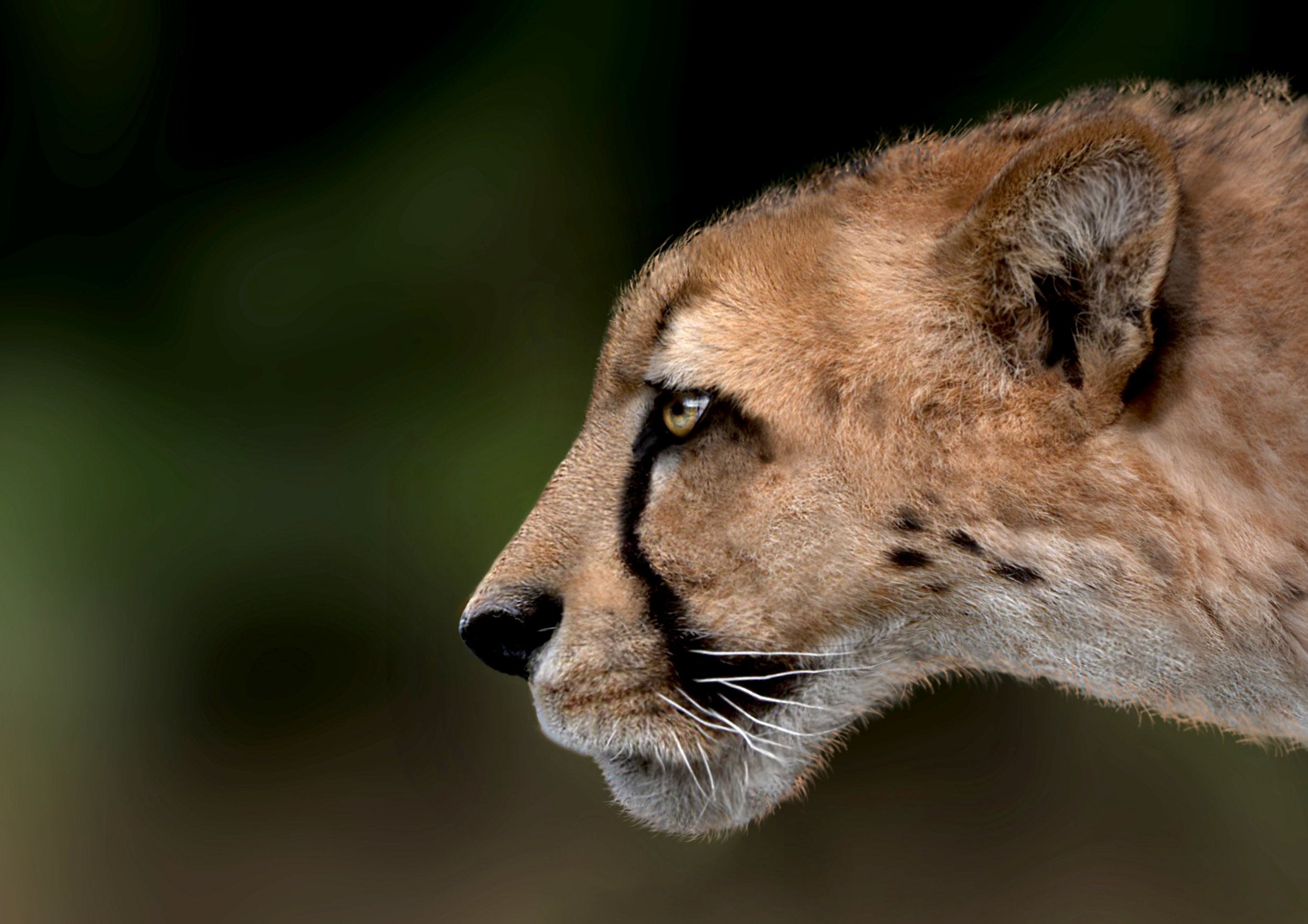
Usually, the fancy physics machine known as the European Synchrotron spends its time doing fancy physics, like trying to crack the mysteries of exotic states of matter. But the device is at its heart just a super-powerful X-ray machine, so sometimes scientists put it to work tackling more unusual questions.
Questions like what type of big cat a skull discovered a century ago belonged to when it was alive about 1.5 million years ago. The skull, which was found in Tuscany, is still encased in extremely hard rock, making it difficult for scientists to study it.
That's why it's only now, with the help of the European Synchrotron, that scientists can confirm what species the skull is from, as they explain in a new paper published in the journal Scientific Reports.
Related: Mammals have been shrinking for thousands of years and it's all humans' hault
The synchrotron was able to provide an incredibly detailed 3-D picture of what the skull really looks like below all that rock, saving the scientists the trouble of trying to chip the rock away without damaging the skull.
In particular, they were able to get a detailed look at the cat's teeth, which let them confirm that the skull belonged to a species scientists call Acinonyx pardinensis. The extinct big cat resembled some species you might see in a zoo today, sharing some features with lithe African cheetahs and others with larger, more muscular cats like jaguars and leopards.
The team behind the paper suspects that the cat's larger size kept it from being quite as fast as modern cheetahs, but instead likely tried to ambush its prey and then use its powerful jaw to kill.
Those different techniques may also have allowed the extinct cat to hold its own while living near other predators during what scientists call the Villafranchian period, when several species of large carnivores roamed across what is now Europe. It's not quite exotic matter, but it's still a mystery worth solving.
Uncommon Knowledge
Newsweek is committed to challenging conventional wisdom and finding connections in the search for common ground.
Newsweek is committed to challenging conventional wisdom and finding connections in the search for common ground.
About the writer
Meghan Bartels is a science journalist based in New York City who covers the science happening on the surface of ... Read more





